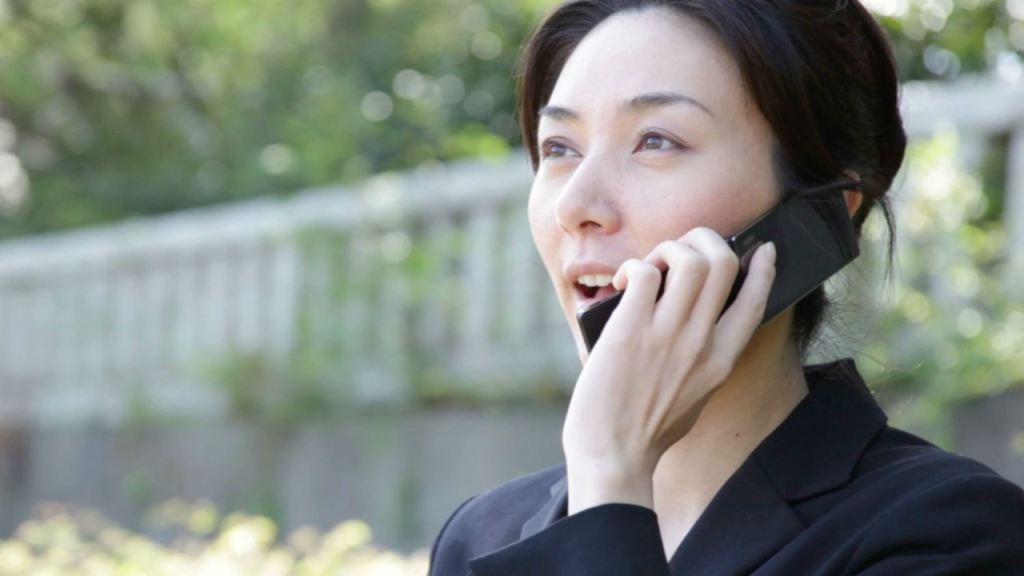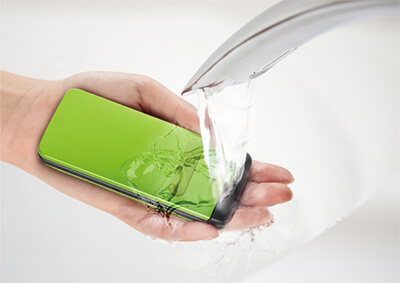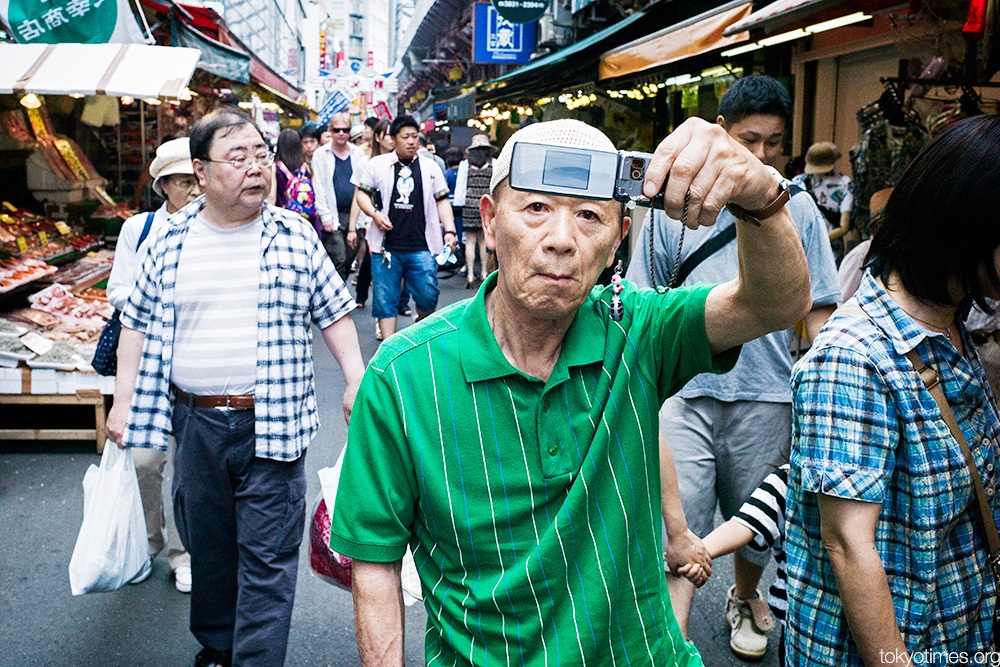
Flip-Phones – We’ve used them, mocked those who’ve used them, and still, a fascination exists to possess them. Enter: the flip-phone or the feature phone, in a market where smart phones dominate and rule the roost, worldwide, the flip-phone may not actually be dying out of consumer reach.
Why Japan Prefers Flip Phones Over Smartphones
1. Why the need to talk of the “Outdated” flip-phones? Curiously, in the island country of Japan, it is noticed that feature phones represent at least 39% of the overall market for cell phones. Cell phones or mobile phones, also known as keitai denwa or simply keitai, formulate an enormous chunk of Japanese pop culture. Interestingly, it is noted that even before the rest of the world could use the cell phone for more than just sending texts or calls, the Japanese carrier of 3G DoCoMo telecommunication had already equipped the masses to view videos, allow for navigation on GPS and even allow for a mobile centric service with a wireless LAN.
2. Statistical inference – In the year 2014 itself, it was noted that the increased percentage in the consumer demand for the feature phone had moved it to 10.58 million, data from market researcher MM Research Institute Ltd shows. A decrease in the number of smart phones was noted, falling 5.3 percent to 27.70 million. It is to be noted that the country, allowing an environment to thrive for local feature-phone centric stimulation, has nurtured what is now dubbed the “Galapagos” syndrome. It draws attention to the Galapagos Islands where flora and fauna had been discovered which were not seen anywhere else in the world.
3. Supposed reasons – These flip-phones, named Garakei (combining the two words of Galapagos and Keitai) have garnered a lot of popularity not just amongst the older generation; whom we know to be more in number in the Japanese population, but also amongst the people of the 21st century. The low birth rate, added to the increasing ageing society has tipped the scales in the favor of what is familiar – the flip-phones.
4. Popular culture – These feature phones also boast of allowing for platform of games which are now seen redundant in mainstream technology platforms, attracting plenty of hardcore gamers to choose buying the flip-phone over the smartphone. “Gyru-moji” which is the term for a particular style of writing that is quite common amongst girls and women who follow the Gyru (gal) style of fashion has been noted to have sprung up around the Garakei phones.
5. Comparison with iPhone – Since Apple’s inception of the iPhone and its many installments past the initial day of unveiling, it has gathered a good deal of reception in Japanese as well as many East Asian countries. While it still may enjoy the top slot for model of cell phones most coveted, it is to understand that the iPhone is not as durable to physical damage as those flip-phones such as the newly unveiled GRATINA2 i.e., while the iPhone screen may disastrously crack on impact, the feature phone or the flip-phone would still remain the same, with no damage physically or electronically.
6. Characteristic traits – The most impressive feature of the flip-phones is possibly that their average life-span is more than that of a single day, sometimes staying alive for 110 hours in one charging. Curiously, most flip-phones can also be washed under water, as for example, the GRATINA2. Such an action would surely mean the untimely end of a regular smartphone.
7. The indigenous make – The market for Garakei is not redundant. In fact, cellphone makers from Spark, Panasonic, and Softbank in Japan allow for newer models in their series to come out periodically – say, with newer models having greater spacing between their buttons. This dedication to keeping the flip-phones alive in the markets has influenced the markets in neighboring countries such as South Korea and the Philippines.
8. Spreading influences – Seoul, as we know, is one of the most tightly knit cities of the world in the sense of communication and media. Home to one of the biggest contenders in the market to Apple Inc., Samsung Electronics is headquartered here. It is noted that rising preference to the flip-phone seems to be the outcome of what parents have in mind. As these phones present less of a distraction, they are preferred to be the mainstream models of smartphone technology in the market.
9. At the forefront of innovation – The QR Code which is a code written in the form of 2D barcode in a square (instead of a bar code) originated first in the feature-phone in Japan. The flip-phones would scan these codes which would then decode the information based on the type of content. This feature has been added to Smartphones too.
Sony, though, has been spearheading an innovation in the field where mobile phones act as wallets or cards to pay for items as diverse as toothbrushes to flight tickets. Though the technology is quite new, various convenience stores and even vending machines allow users to pay for their goods with a swipe of their flip-phones. Smartphones are yet to offer this feature.
10. Conclusion(s) – In Japan, cell phone novels are quite the hit. What with most adaptations of these online, frequently updated stories being turned into live-action movies, and sometimes even anime, the Garakei is definitely here to stay. The question then is, will the movement be seen spreading to the rest of the world in mobile-phone culture? Already, great demands are seen online as these “vintage” mobiles sell for hefty prices on sites like eBay, for example. The Vogue editor-in-chief, Anna Wintour, has been photographed multiple times seen using a flip-phone. Is the world ready for the old-coming back, revamped and put in style? But one thing is for certain, for as long as the flip-phones stay true to “Japanese aesthetics”, remain cheap and convenient, they will always have a thriving market in this part of the far East.
